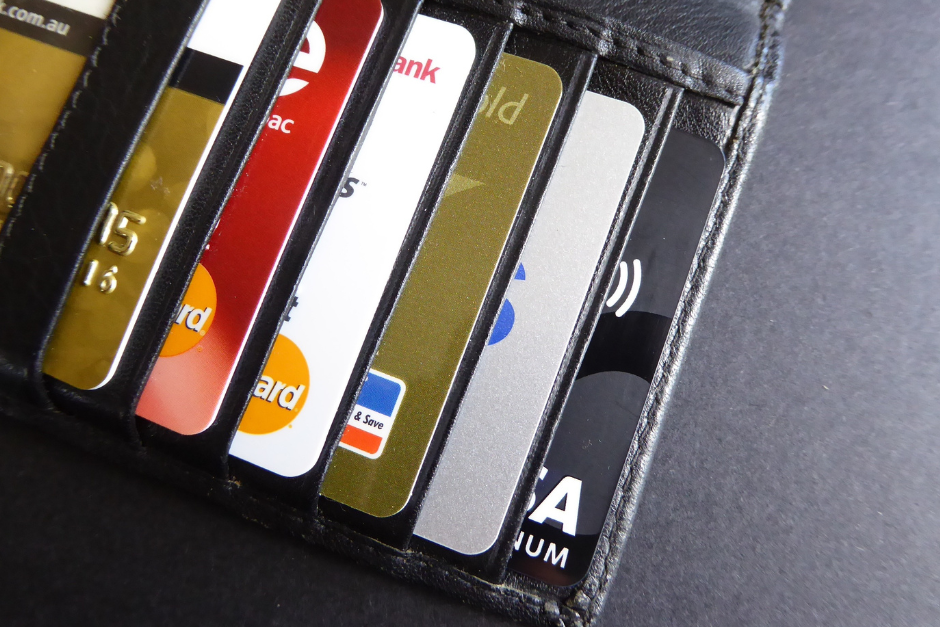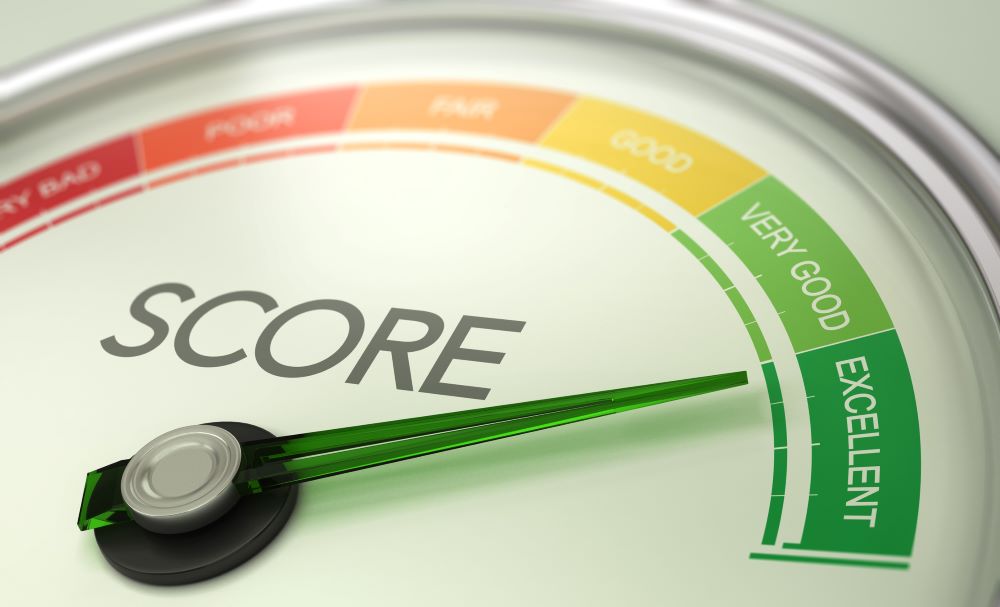If you’ve stumbled upon this post, you’re more than likely on a mission to find out about your FICO® Score 2, especially if you’re gearing up for a mortgage application or eyeing that new credit card offer. Understanding your credit score is an essential step in making well-informed financial decisions.
So, why the fuss about this credit score version? Well, the FICO® Score 2 is often the go-to score for mortgage lenders to determine whether you qualify for a home loan. Whether you have an exceptional credit history or are just starting out, we’re here to break down the ins and outs of your FICO® Score 2.
What is FICO® Score 2?
Alright, before we get into the “how,” let’s tackle the “what.” Created by the Fair Isaac Corporation, the FICO® Score 2 is one of many credit scoring models credit bureaus use to track creditworthiness. However, it’s specially designed with mortgage lenders in mind. So if you’re house-hunting, this score might just become your new best friend.
You may be wondering, how is this score different from other credit scores? And that’s a great question! With so many scores floating around to keep track of, it can be complicated trying to understand the intricacies of each one.
While the foundational elements are consistent across FICO® models, FICO® Score 2 is fine-tuned to assess mortgage-related risk. This means it might weigh certain credit activities differently than other models, calculating a different score than other FICO® Score models, such as FICO® Score 8. For example, if you’ve had a past foreclosure, it could have a more pronounced impact on your FICO® Score 2 compared to other versions.
There are a number of factors that ultimately influence your FICO® Score 2, including:
- Payment History (35%): Your track record of on-time payments matters most. Late payments, foreclosures, and bankruptcies can negatively impact your score.
- Amounts Owed (30%): This looks at how much debt you have in relation to your credit limits. Using up a large percentage of your available credit can signal you’re overextended.
- Length of Credit History (15%): The longer your credit accounts have been active, especially if they’ve been managed well, the better.
- New Credit (10%): Opening a bunch of new credit accounts in a short time can raise red flags. This factor evaluates the number of recent inquiries and new accounts.
- Types of Credit in Use (10%): A mix of credit types, such as credit cards, retail accounts, and mortgages, can be favorable. However, opening credit accounts you don’t intend to use just to improve this factor is not a good idea.
Why You Should Monitor Your FICO® Score 2
With so much emphasis on credit scores these days, it’s essential to recognize just how influential your FICO® Score 2 can be, especially when it comes to the impact on your financial decisions. When you decide to take out a loan, apply for a new credit card, or even secure that dream home, this score is quietly working behind the scenes, influencing terms, interest rates, and sometimes even the outcome of your applications.
From a lender’s perspective, your FICO® Score 2 is almost like a magnifying glass glancing into your overall financial behaviors and habits, telling them if you’re a safe bet or if lending to you might be more of a gamble. After all, lenders want assurance that you’ll repay what you owe, and this particular score can be an essential tool for them.
But here’s a critical piece of the puzzle: while we’d love to assume everything recorded about our financial history is accurate, it’s important to check for potential inaccuracies.
An inaccuracy, no matter how small, has the potential to drag down your score. It can potentially cost you thousands over time due to higher interest rates, or even cause outright loan denials. Remember, regularly monitoring your score isn’t just about keeping tabs on how you’re doing; it’s also about ensuring that what’s being reported is accurate.
How to Get Your FICO® Score 2
Understanding your credit situation can be quite complicated at times, especially with so many different scores out there to keep track of. But, thankfully, there is a solution out there for you. If you’re interested in your FICO® Score 2, along with a suite of other vital industry scores, there’s a streamlined solution: MyScoreIQ credit monitoring services.
The FICO® Score versions offered by MyScoreIQ include:
- FICO® Score 8
- FICO® Auto Score 2
- FICO® Auto Score 8
- FICO® Score 2
- FICO® Bankcard Score 2
- FICO® Score 3
- FICO® Bankcard Score 8
⭐️ Want to check your FICO® Scores? Join MyScoreIQ today.
How to Improve FICO® Score 2
Building your FICO® Score 2 can help open doors to better financial opportunities and favorable lending terms. So, how can you give your score a nudge in the right direction?
First and foremost, try to identify inaccuracies on your credit report. If you spot inaccuracies, don’t hesitate to dispute them. This proactive approach helps ensure that your score genuinely reflects your credit behavior. Learn more about how to dispute inaccuracies on your credit report here.
Consistency is key, especially when paying bills on time, and timely payments account for a significant portion of your credit score. So, setting up automatic payments or reminders can be a game-changer, ensuring you never miss a due date.
Next, consider your credit utilization, which is the ratio of your current credit card balances to your credit limits. Aiming to keep this ratio below 30% is a good rule of thumb. If you’re consistently maxing out your credit cards, it can signal to lenders that you might be a higher-risk person to lend to.
A healthy credit profile often has a diverse credit mix. This doesn’t mean you should take on debt unnecessarily, but having a combination of credit cards, retail accounts, installment loans, auto loans, and mortgage loans can help improve your credit.
However, while diversifying can be beneficial, be cautious about opening too many accounts quickly since each new credit account can slightly drop your score and may raise red flags for potential lenders.
In the world of credit, age isn’t just a number. Keeping older accounts open and in good standing can help your score since it shows a longer credit history.
Also, try to be mindful of limiting your potential credit inquiries. When credit card issuers and lenders check your credit for lending decisions (such as when you apply for a loan or credit card), it can result in a hard inquiry, which might impact your score. Multiple hard inquiries in a short time frame can make you appear riskier to lend to.
FAQs (Frequently Asked Questions)
What factors influence my FICO® Score 2?
Your FICO® Score 2 isn’t just a number plucked out of thin air; it’s a culmination of a few essential aspects of your credit behavior:
- Payment History: How punctual you are with bills.
- Utilization: The portion of your available credit you’re using.
- Length and Types of Credit: How long you’ve had credit and your mix of credit types.
- New Credit: The fresh credit accounts you’ve recently opened.
How often should I check my FICO® Score 2?
You should check your FICO® Score 2 regularly. Keeping tabs on your score helps you stay informed about your score and address potential issues like missed payments or identity theft head-on.
What is considered a good FICO® Score 2?
Here’s a simple breakdown of how your FICO® Scores range:
- 670 – 739: That’s the “Good” range. You’re doing alright!
- 740 – 799: Stepping it up! You’re in the “Very Good” zone.
- 800 – 850: Round of applause because you’re in the “Excellent” bracket.
Do lenders still use FICO® Score 2?
Yes, lenders do still use FICO® Score 2. The FICO® Score 2 is fine-tuned to assess mortgage-related risk, and is most widely used by mortgage lenders. The FICO® Score 8 model is commonly used for general lending decisions, while other widely-used FICO® Score models include FICO® Auto Score 2, FICO® Auto Score 8, FICO® Bankcard Score 2, FICO® Score 3, and FICO® Bankcard Score 8.
Want to check your FICO® Scores? Click here to get started.
The Bottom Line on Credit Scores
We’ve highlighted the various elements that sculpt your FICO® Score 2 with payment history and credit utilization leading the charge. Still, it’s worth remembering that the mosaic of factors, such as the length of credit history, type of credit, and recent credit activities, each contribute to that final score. It’s a delicate dance of financial behaviors, with every decision echoing in your score.
One crucial lesson? Vigilance. Monitoring your FICO® Score 2 isn’t just about pride or curiosity — it’s your line of defense against potential inaccuracies lurking in the shadows. In this regard, MyScoreIQ credit monitoring services stand out as a reliable companion.
Whether you’re keen on exploring your FICO® Score 2 or curious about other industry scores, MyScoreIQ credit monitoring services offer a buffet of options tailored to your needs.
Click here to get started with MyScoreIQ today, and check out your FICO® Score 2 and more.











